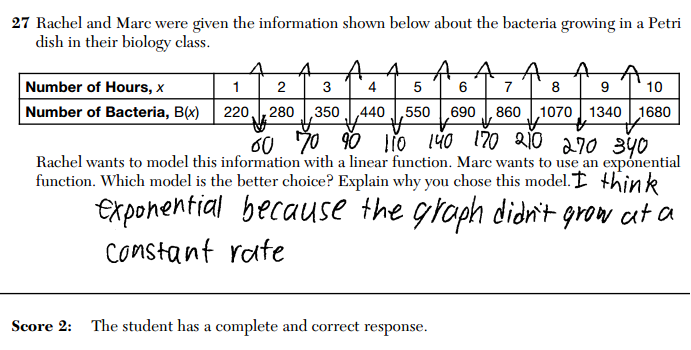As part of Connected Educator Month, I contributed to the New York Times Learning Network’s “What Connected Education Looks Like”, a collection of viewpoints on what being connected means to teachers in this day and age.
Here’s my piece, which was inspired by two mathematicians on Google+ who inspired me to create a Linear Algebra course at my school this year.
I’m teaching Linear Algebra at my high school this year, and social media is to blame.
Two mathematicians I’m connected to on Google+, Theron Hitchman andVincent Knight, regularly post engaging pieces about mathematics, teaching and technology. Theron’s enthusiasm and insight and Vince’s cool applications to operations research rekindled my interest in Linear Algebra. So when discussing what electives to offer our mathematics majors at Brooklyn Tech, I volunteered to create a Linear Algebra course.
As usual, I’m in over my head, but Theron and Vince are there to help, sharing their views on the big ideas in Linear Algebra, using technology to docool things with matrices and pointing me to resources like free e-books and open-source mathematical software. I probably wouldn’t have taken on this challenge without my connections to these mathematicians, but being connected to them and others will help make it work for me and my students.
You can read the NYT LN piece here, and find out more about Connected Educator Month here.



